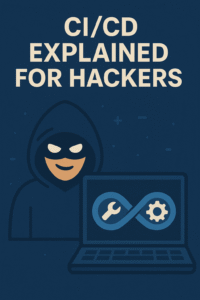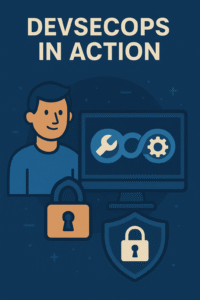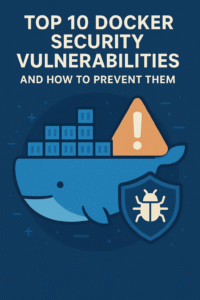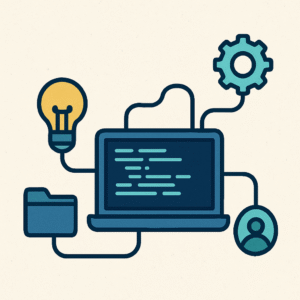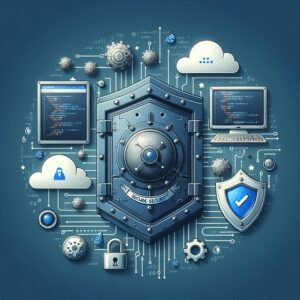Adversarial Thinking in Cyber Defense
The Ultimate 2025 Guide to Proactive Cybersecurity
- Introduction
- What Is Adversarial Thinking?
- Key Adversarial Thinking Strategies
- Real-World Applications
- Adversarial vs Reactive Approaches
- Effectiveness & Scalability
- Cost Considerations
- Tools for Cyber Defense
- Use Cases & Scenarios
- Pros & Cons
- How to Apply Adversarial Thinking in 2025?
- Conclusion
Introduction to Adversarial Thinking in Cyber Defense
Adversarial Thinking in Cyber Defense is a proactive approach to cybersecurity in 2025, enabling organizations to anticipate and counter threats. By adopting an attacker’s mindset, defenders identify vulnerabilities before exploitation. This guide explores strategies, applications, and tools for proactive security. We’ll compare approaches, assess effectiveness, and provide insights. By the end of this 4000+ word guide, you’ll master cybersecurity strategies. See our cybersecurity strategies guide.
Why does this matter? With cyberattacks growing in sophistication, proactive defense ensures resilience in dynamic environments.
What Is Adversarial Thinking and Why Is It Essential?
Adversarial Thinking involves adopting an attacker’s perspective to identify and mitigate vulnerabilities. Techniques like red teaming and threat modeling are key. In 2025, this approach is critical for staying ahead of threats. Learn about threat modeling basics.
Key Adversarial Thinking Strategies
Core strategies for Adversarial Thinking in Cyber Defense include:
- Red Teaming: Simulating attacks to test defenses.
- Threat Modeling: Identifying attack vectors.
- Penetration Testing: Exploiting weaknesses.
- Deception Technologies: Misleading attackers.
These enhance cybersecurity effectiveness.
Real-World Applications
Real-world examples include:
Tech Firm (2024): Red teaming identified API vulnerabilities, preventing a breach. See our API security trends.
Government Agency (2023): Threat modeling stopped a ransomware attack, showcasing proactive defense.
Adversarial vs Reactive Approaches
Adversarial Thinking is proactive, identifying risks before attacks, while reactive defense responds post-breach. Proactive approaches are resource-intensive but more effective in dynamic environments like cloud systems.
Effectiveness & Scalability
Proactive defense is highly effective but requires skilled teams. It scales well in large organizations with automation tools, ensuring robust cybersecurity without overwhelming smaller teams.
Cost Considerations
Proactive strategies can be costly due to training and tools. Open-source platforms like MITRE ATT&CK reduce costs, while enterprises invest in solutions like FireEye. See our cost-effective security guide.
Tools for Cyber Defense
Tools for Adversarial Thinking in Cyber Defense include:
- MITRE ATT&CK: Threat modeling framework.
- FireEye: Red teaming and threat intelligence.
- Cobalt Strike: Penetration testing.
Use Cases & Scenarios
Proactive defense suits finance, healthcare, and tech. Banks use red teaming to secure transactions, while hospitals leverage threat modeling for data protection. Explore healthcare cybersecurity.
Pros & Cons: Proactive vs Reactive
| Feature | Adversarial Thinking | Reactive Defense |
|---|---|---|
| Proactivity | Prevents attacks | Responds post-breach |
| Resource Use | High, skilled teams | Moderate |
| Effectiveness | High, proactive | Limited, reactive |
| Scalability | Good with automation | High |
How to Apply Adversarial Thinking in 2025?
Applying Adversarial Thinking involves red teaming, threat modeling, and automation. In 2025, AI-driven tools will enhance cybersecurity. See our AI cybersecurity trends.
Conclusion: The Future of Proactive Defense
Adversarial Thinking in Cyber Defense is vital in 2025, enabling proactive threat mitigation. By adopting tools like MITRE ATT&CK, organizations can stay ahead, ensuring robust cybersecurity.









